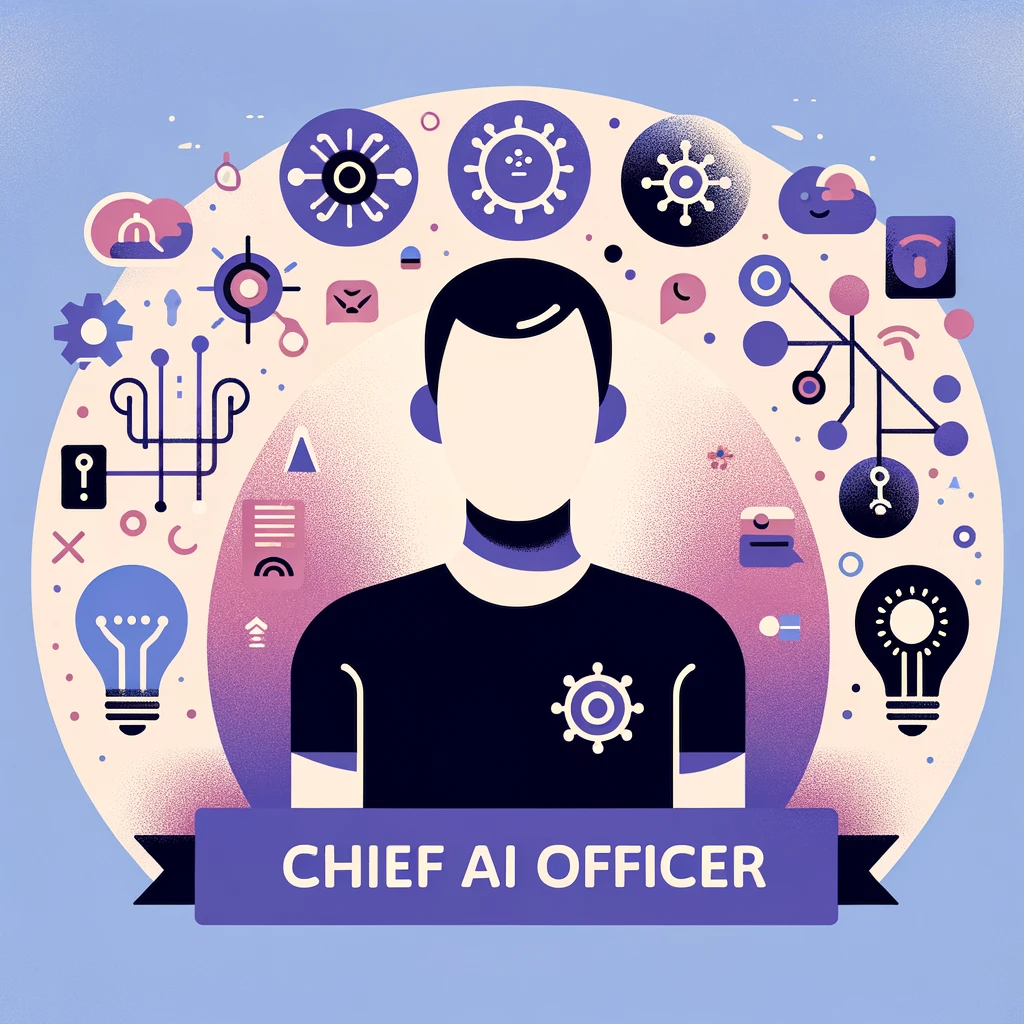As artificial intelligence continues to transform the digital technology landscape, a critical role has emerged within the corporate sphere: Chief AI Officer (CAIO).
This prompts some essential questions: What are the key responsibilities of a CAIO, and why is this position becoming increasingly vital in the realm of AI-driven business innovation?
CAIOs are responsible for the overall strategy of using and implementing AI in the company, including design and development elements, ethical responsibility, performance monitoring, risk management, and so much more. The field is never-ending, with many various possibilities consistently arising. In Forbes magazine, David Mathison, founder and chairman of the CDO Club, was quoted as saying he now includes the chief AI officer role in his monthly job updates, noting an addition of seven new chief AI officers since September 1st. As the field of AI expands, so does the marketplace and job opportunities within it. We're likely to witness a surge in similar job roles, aimed at overseeing and steering this burgeoning sector.
After exploring discussions on Reddit, Quora, and various online magazines, it's clear that the new job role comes with its unique set of challenges. Primarily, it requires the ability to effectively promote AI and highlight its positive aspects, especially considering the current debates about its effectiveness. The role also calls for a strong sense of empathy, recognizing that not everyone will support the use of AI due to their personal backgrounds and various biases. Learning to navigate and understand these perspectives, and adapting strategies to ensure widespread satisfaction, is key.
Moreover, there's a significant aspect of sustainability linked to the job, which might not be within everyone's expertise. This involves using AI in innovative ways to enhance the company's sustainability efforts and then successfully implementing these strategies. The final intriguing challenge for a Chief AI Officer (CAIO) is the effective management of communications and task distribution among other key roles such as the CTO (Chief Technology Officer), CIO (Chief Information Officer), and CDO (Chief Data Officer). It can be challenging to clearly define and assign specific tasks, as there is often overlap in responsibilities among these positions. Navigating this complex dynamic is a critical aspect of the CAIO's role.
The creation of the Chief AI Officer role is a significant step in today's business world, reflecting how important AI has become in shaping corporate strategies and innovations. This role encompasses a wide range of responsibilities, including strategizing AI use, ensuring ethical practices, managing performance, and addressing risks. Challenges such as promoting AI, empathizing with stakeholders, focusing on sustainability, and coordinating with other technology leaders like the CTO, CIO, and CDO are key aspects of the CAIO's job. This role is essential in helping companies navigate the complexities of AI, combining technical know-how with practical leadership to make the most of AI's capabilities in the business context.
Sources
Krasadakis, G. (2023, October 18). DO companies need a chief AI officer?. Medium. https://medium.com/60-leaders/do-companies-need-a-chief-ai-officer-27d703b2474a
McKendrick, J. (2023, October 13). The case for chief ai officer: A role whose time has come?. Forbes.https://www.forbes.com/sites/joemckendrick/2023/10/09/the-case-for-chief-ai-officer-a-role-whose-time-has-come/?sh=323a8f8b2830




